Many people believe that London is the centre of Europe’s contemporary art scene. But its intellectual heart is not really there at all: it’s in Germany. It is there that you find some of the largest numbers of contemporary art collectors in Europe; there that conceptual art is taught to children barely out of kindergarten; and there that many of the most outré avant-garde art concepts are born.
But, paradoxically, it is also where many of the world’s best-selling painters live or have lived: Gerhard Richter, Georg Baselitz, Anselm Kiefer, Albert Oehlen, Sigmar Polke and Martin Kippenberger to name but a few. Traditional forms of art-making were preserved longer in what was formerly East Germany than in other parts of Europe, and art-school painting departments in places such as Leipzig have been cherished and nurtured in a way they certainly haven’t been in the UK.
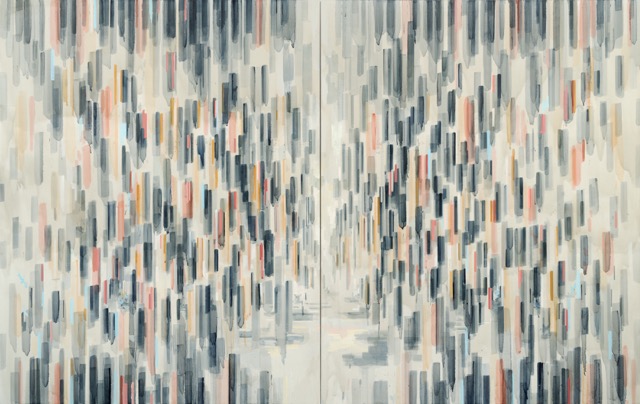
Portal (2015), David Schnell.
This enthusiasm for painting is evident this week in Cologne, where the 50th iteration of Art Cologne opens today (14 April). Founded in 1967, it is the oldest contemporary art fair in the world, and it has had to fight hard for survival among its many successors, which include such leviathans as Frieze London and Art Basel. This year, many of the works on show highlight the continued richness of the painting scene in Germany – and also its stylistic plurality.
Among the stand-out artists is Kristina Schuldt, one of Neo Rauch’s ‘master pupils’ at the Leipzig Academy of Visual Arts, who paints faceless women composed of two-dimensional tubes that echo the piston-limbed matrons of Fernand Léger. David Schnell, who also studied in Leipzig, paints fluttering curtains of refracted light inspired by the buildings that encroach on the countryside near his home in Saxony. Their work is exhibited at Eigen + Art’s stand alongside painters who hark back to the German Romantic era – most notably Martin Eder, whose paintings of bloodied, embattled women dressed in armour are a comment on the tribulations of contemporary feminism; and Jörg Herold, who paints crepuscular scenes as mournful as any Caspar David Friedrich. Elsewhere there are the joyous folksy hieroglyphs painted by the Hamburg-based artist Monika Michalko (at Produzentengalerie Hamburg), and for contrast, the grey floating faces by Thomas Zipp at Galerie Guido W Baudach, which look like a sea of the Undead.
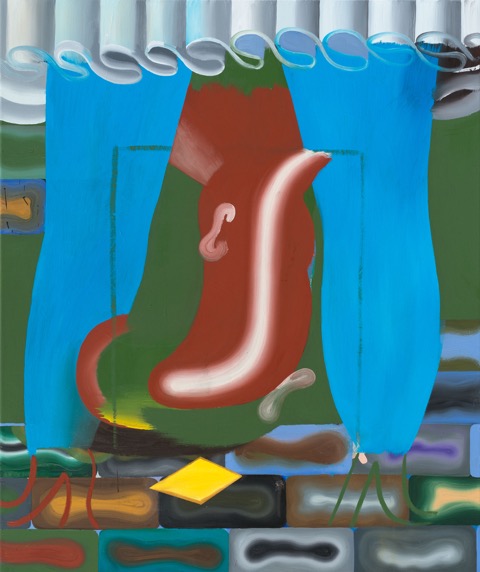
Facing (2015), Kristina Schuldt. Courtesy Galerie EIGEN + ART Leipzig/Berlin. Photo: Uwe Walter, Berlin
It is not just the German painters who steal the show, however. Two other pictures stand out in this year’s array. British artist Celia Hempton (at Southard Reid) has forgone her usual fascination with genitalia to produce a dashing oil sketch of the head and torso of a man called Jochen, while the Finnish artist Anna Tuori’s exuberant painting It’s All Now You See (on Galerie Anhava’s stand) is a particularly captivating jeu d’esprit.
Art Cologne is at the Koelnmesse, Cologne, from 14–17 April.
Unlimited access from just $16 every 3 months
Subscribe to get unlimited and exclusive access to the top art stories, interviews and exhibition reviews.

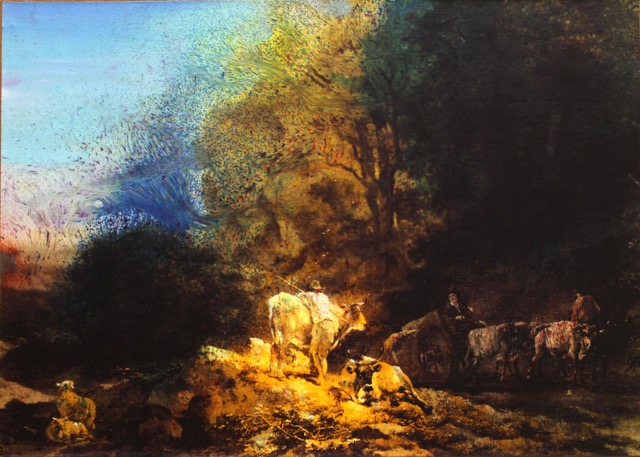
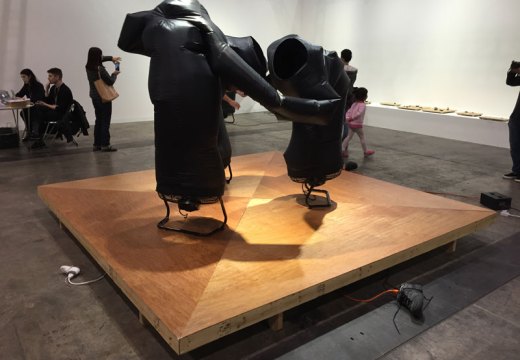

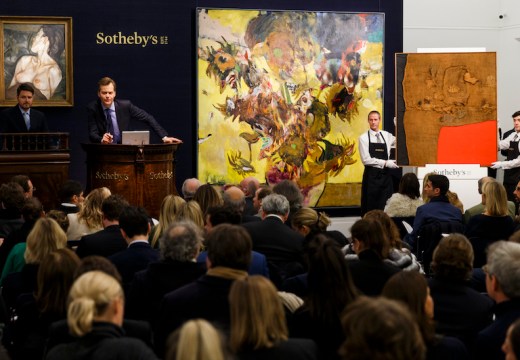









![Masterpiece [Re]discovery 2022. Photo: Ben Fisher Photography, courtesy of Masterpiece London](http://www.apollo-magazine.com/wp-content/uploads/2022/07/MPL2022_4263.jpg)
Why are fathers so absent from art history?